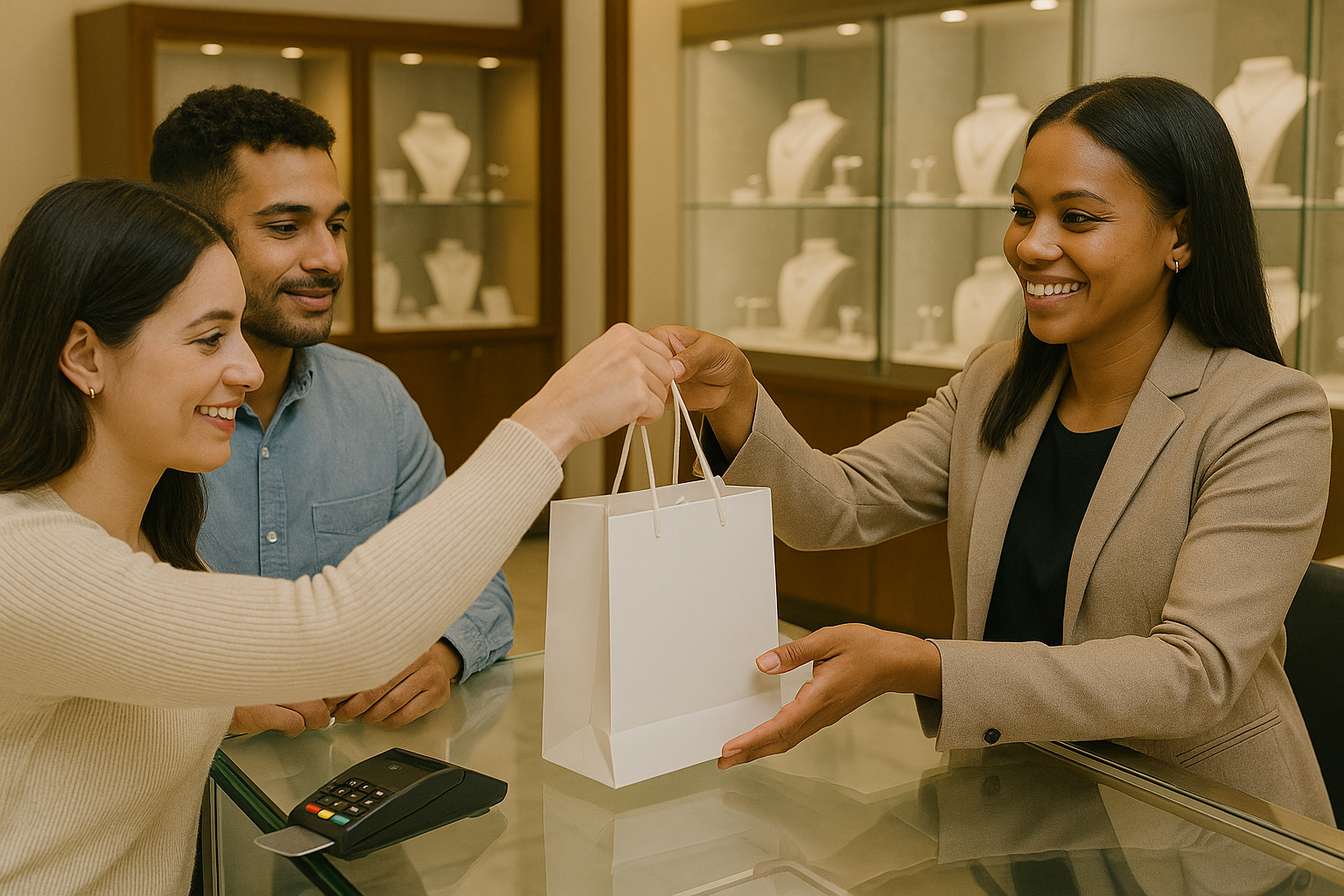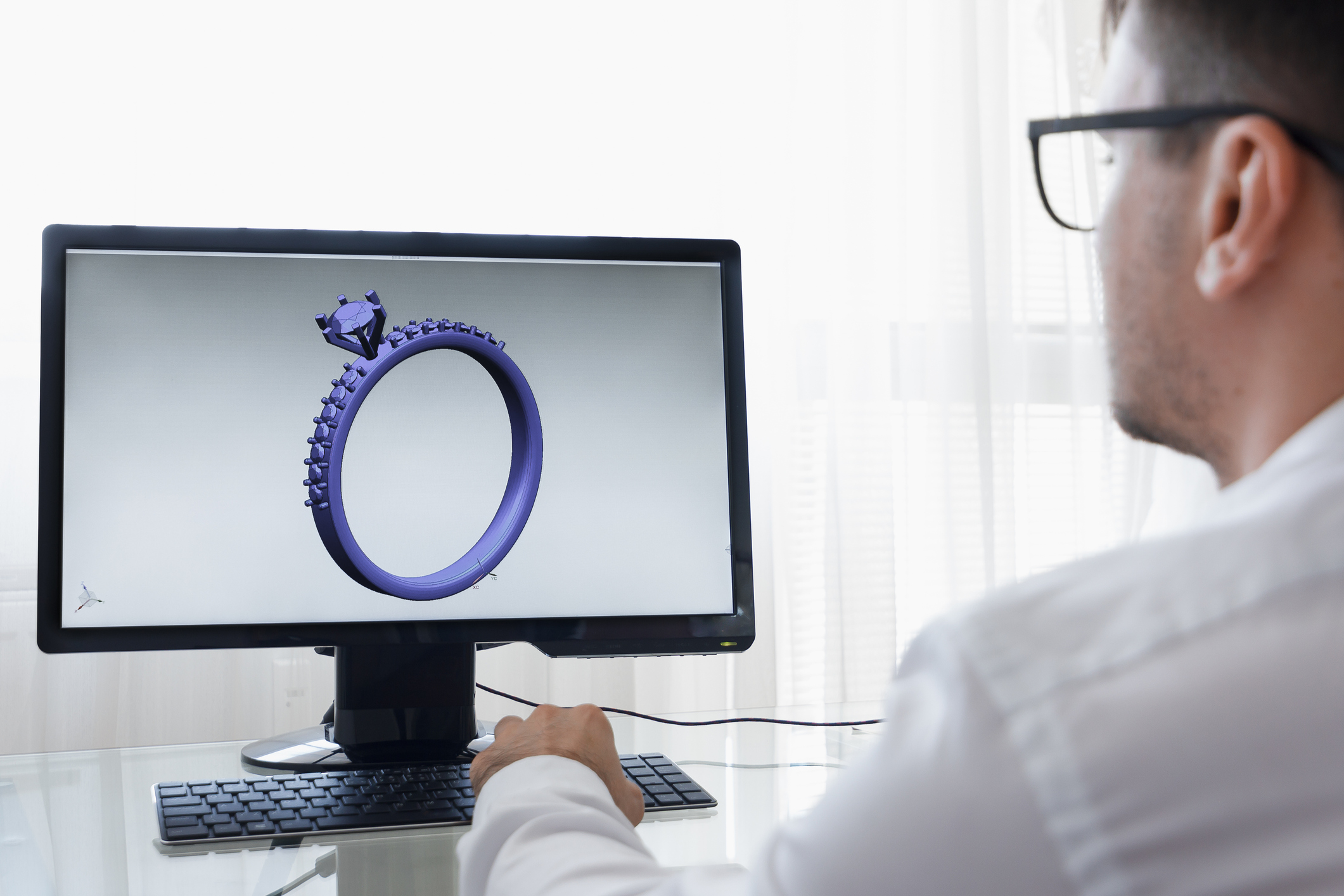Understanding who the luxury shopper is and what they want is essential for any business owner who wants to succeed in a high-end market. This unique customer segment has a discerning eye for quality, exclusivity, and status. They want more than great products. They want a meaningful connection with the brands they choose to spend their money on.
For brands that cater to affluent consumers, feeding this connection requires more than basic marketing strategies. Success from first touch to ongoing loyalty depends on a personalized, immersive experience that resonates with their goals, lifestyle, and desires.
Let’s delve into the luxury sector, identify their demographics, and discover their motivations, behaviors, and expectations as a hungry consumer class. This type of insight can bolster your client list and boost customer engagement and reviews in a big way.
The luxury customer base in a (gilded) nutshell
Who makes up the bulk of the luxury audience for retailers focused on high-end fashion, home décor, jewelry, and similar product types? In the post-pandemic world, the sales of expensive items from top brands have rebounded considerably, with projected growth around 3.7% up to 2032. Things like inflation and the rising costs of living around the world can contribute to slower growth, but this largely doesn’t affect much of the target audience for these brands.
Numbers look promising, as long as a brand can leverage effective lifestyle marketing, technology, and a rising focus on customer experience. Knowing who to target with these precise and personalized strategies will get the best results.
Where do luxury customers live?
The United States still tops the list for revenue share of purchases from high-end brands with $83.3 billion in expenditure. However, China follows close behind. Projections into the future of luxury show more activity in Asia. Not only are they buying more, but they also produce more than they used to. In general, it makes sense that countries or regions with the greatest income levels and economic growth would seek out brands that provide quality goods and personal shopping experiences.
What age are most of today’s luxury customers?
In 2018, the Baby Boomers dominated the market. Today, they have dwindled considerably to less than 10%. Millennials have taken over as the generation to cater to. They have access to disposable income, relative stability in your target market, and increased expectations of luxury. But don’t count out the generation after: Generation Z. Young adults in Gen Z have surpassed the twenty-somethings of years past when it comes to luxury retail shopping, too. This is largely due to their early access to online shopping with the rise of tablets and smartphones in their hands from an early age.

What are high-end buyers shopping for?
The concept of luxury has long been associated with things like mansions and high-performance sports cars. However, most people who buy expensive products think smaller.
Fashion, which includes footwear, holds the largest revenue share with approximately $472 in expenditures predicted by 2028—an all-time high. Other prominent categories of luxury goods include furniture, jewelry, eyewear, fragrance and cosmetics, food and beverages, and tech.

One important difference in the luxury market is that more people still want to buy products in person. They value the in-store method because it delivers an atmosphere that augments the entire shopping, buying, and brand interaction process. Attentive staff cater to their whims and interests.
The physical displays around them create a feeling of the finer things in life. Of course, you must have a strong online presence to market effectively these days. Consider phygital—a combination of physical and digital—efforts to create a more powerful omnichannel experience.
So how do I market to luxury consumers?
Who you target depends on your brand’s product lines and services of course, but knowing more about consumer trends can make a difference for marketing strategies. If you want to captivate and retain luxury customers, it takes more than traditional recommendations to make a difference.
These folks have higher expectations for customer service, personalized attention, and contribution to their desired lifestyle. Focus on exclusivity, rarity, and the concept of luxury as an identity rather than simply promoting quality materials and design.
Personal interest and shopping data are the key to creating luxurious shopping journeys
Don’t ask what millennials who prefer name-brand fashion want to buy. Ask instead what the individual thirty-five-year-old man with an interest in high-tech gadgets and streetwear wants to buy. In other words, determine exactly what one of your existing customers wants to buy next.
Collect as much data as you can about people who take interest in your ads, respond to your marketing messages, and actually buy products. Then, use that to forge a meaningful and personal connection with customers.
Clientbook data analysis and client management software make this a breeze. You can gather information from both physical stores and digital channels and get smart, AI-powered recommendations that get results. What that looks like depends on so many factors, and it’s not something you can do on your own.
Unique experiences empower luxury marketing efforts
You post on social media, ask for product and company reviews, and use traditional digital methods like PPC and email newsletters. These aren’t bad ideas for any target demographic, but those who spend more, expect more. Get personal. Make things feel exclusive like you tailored the customer experience just for them. Feed the feeling they want to create around their lifestyle.
Words like custom, bespoke, and limited appear frequently when speaking of top brands. These shoppers don't buy men’s suits off the rack. They are uniquely tailored for their particular size and tastes. They don’t drive a car straight off the lot. They custom-build their perfect driving machine and only sign on the dotted line once they experienced an extensive driving trial that includes a track day and manufacturing facility tour.

Conclusion
When selling to the savvy luxury consumer, anything you can add to your marketing efforts that caters to the individual will reap rewards for your brand. Virtual personal shoppers. Custom product recommendations after carefully collected and analyzed data. Interactive experiences both online and off. The possibilities are limited only by functionality, your marketing budget, and the information you collect about your own special luxury audience. And Clientbook can help you make it happen. Want to see how? Book a demo today.





